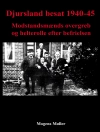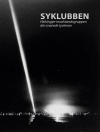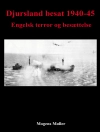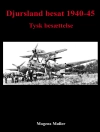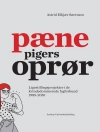This book analyses the causes of armed conflicts in Southern Africa during the Cold War. It examines the influence of the various external forces in the region during this period and their relationship to local movements and governments.
The book focuses on states experiencing violent internal conflict and foreign intervention, that is Angola, Mozambique, Namibia , South Africa and Zimbabwe.
The author provides an unique history of the key part that the Soviet Union played in these developments. Spanning 30 years, the book explores how each country struggled for genuine independence against colonialism and apartheid and their place in the wider conflicts encompassed by the Cold War.
Tabla de materias
List of abbreviations
Part 1. Angola
1. Armed struggle begins
2. Zigzags of history
3. From the Portuguese revolution to Angola’s independence
4. Second war of liberation
5. Troubles again
Part 2.
6. ‘General Konstantin’
7. Cuito Cuanavale and after
8. Moscow and FRELIMO.
9. Transitional period.
10. Independent Mozambique. Machel’s death.
Part 3. Zimbabwe.
11. ZAPU or ZANU?
12. Patriotic Front
13. Lancaster House
14. Moscow and independent Zimbabwe
Part 4. Namibia
15. SWANU or SWAPO?
16. Co-operation broadens
17. Armed struggle intesifies.
18. SWAPO’s victory
Part 5. Last but not least: South Africa
19. ANC: co-operation begins
20. Helping to return home.
21. ‘Rebuilding’ or destroying?
POSTSCRIPT
Soviet personalities
References
Index
Sobre el autor
Vladimir Shubin is Principal Research Fellow of the Institute for African Studies in the Russian Academy of Sciences. He is the author of The Hot ‘Cold War’ (Pluto, 2008).



